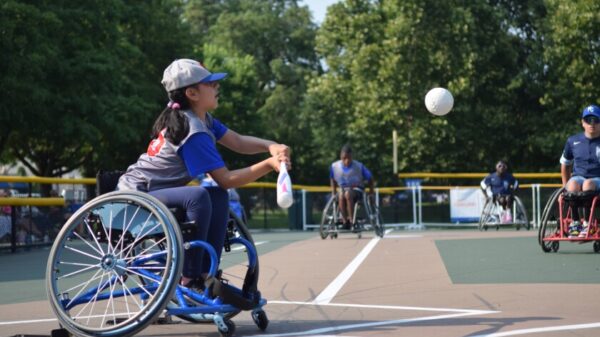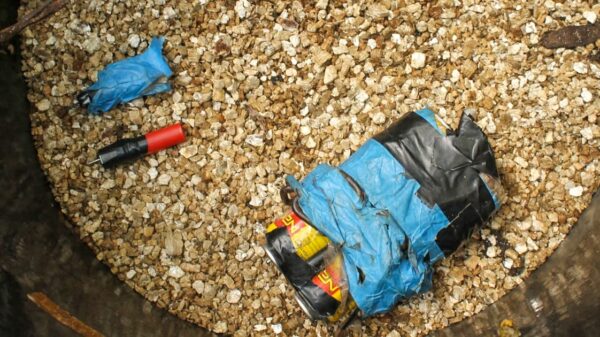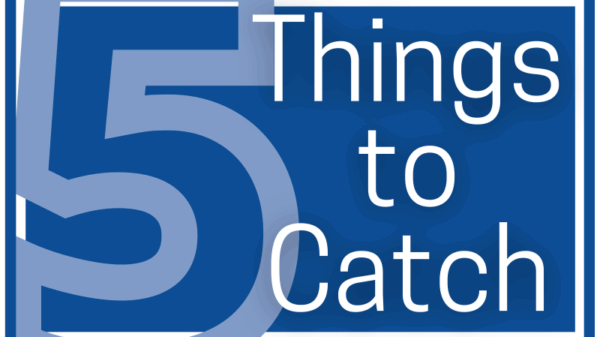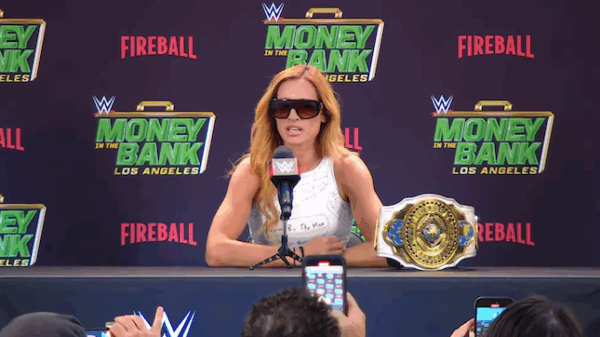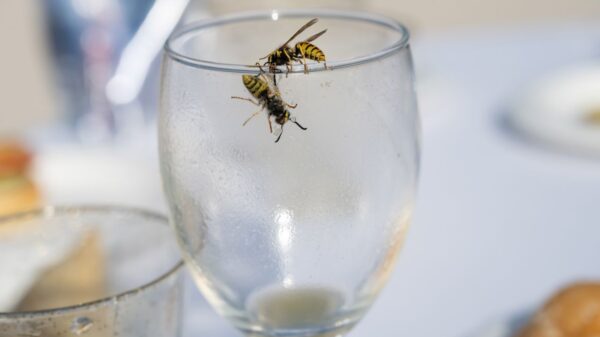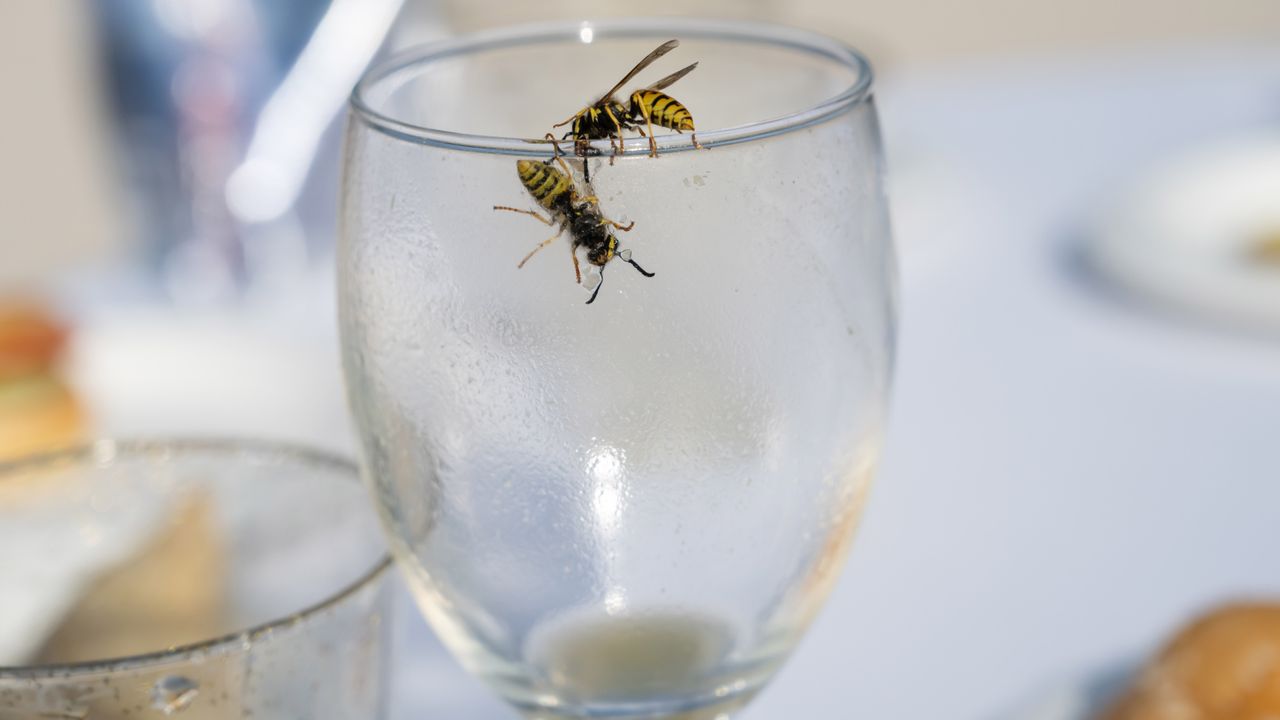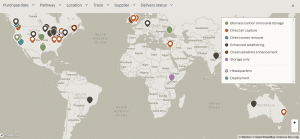As summer unfolds, many homeowners are experiencing an unexpected invasion: wasps. Whether enjoying a peaceful afternoon in the garden or hosting a lively outdoor gathering, these pests can quickly become a source of frustration. They not only disrupt activities but can also cause painful stings. Understanding why wasps are drawn to your yard and how to prevent their presence can help mitigate these issues.
Why Are Wasps Attracted to Your Yard?
According to Scott Evans, CEO of Pink Storage, poor storage habits during the summer months may be creating an inviting environment for wasps. Unattended garden sheds, cushion boxes, and patio storage containers can become ideal nesting spots.
Evans points out that many people inadvertently create these hideouts by neglecting to clean up after outdoor events. “Wasps love dark, quiet spaces, and if there’s a leftover drink can or food packaging, they’ll find it,” he explains. To combat this, homeowners should adopt better storage practices. Outdoor furniture should be placed in airtight, weather-resistant containers, and it is crucial to ensure that items are completely dry before storing them.
Effective Strategies to Prevent Wasp Nests
To keep wasps at bay, there are several effective strategies that are straightforward and cost-efficient.
1. **Seal Off Entry Points**: Wasps can enter buildings through cracks or holes. Sealing any gaps in structures like sheds or furniture is essential. Evans emphasizes, “Make your garden less attractive to them.” Using sealants or waterproof tape can significantly reduce the risk of wasps establishing nests.
2. **Utilize Natural Repellents**: For those seeking non-toxic options, essential oils can serve as effective repellents. Wasps have sensitive antennae that detect scents, and strong-smelling oils such as peppermint, clove, and lemongrass can overwhelm their receptors. “Essential oils can interfere with the wasps’ navigation system and signal danger,” says Evans. Incorporating these oils into your garden can deter wasps from settling nearby.
3. **Maintain a Clean Yard**: Cluttered, overgrown areas attract wasps looking for safe nesting places. Evans advises regularly tidying up garden spaces. “Leaving parts of your garden undisturbed is like waving a neon sign that says ‘wasps welcome,'” he notes. By moving garden furniture, lifting unused pots, and rearranging ornaments every few weeks, homeowners can discourage wasps from establishing nests.
If a wasp nest is already present, it is crucial to avoid approaching it. Attempting to deal with it without proper equipment and protection can be dangerous. In such cases, seek assistance from a professional pest control service.
By following these tips and understanding the behaviors that attract wasps, homeowners can enjoy their summer activities without the worry of unwelcome pests.



